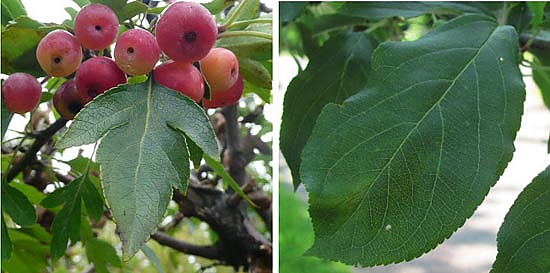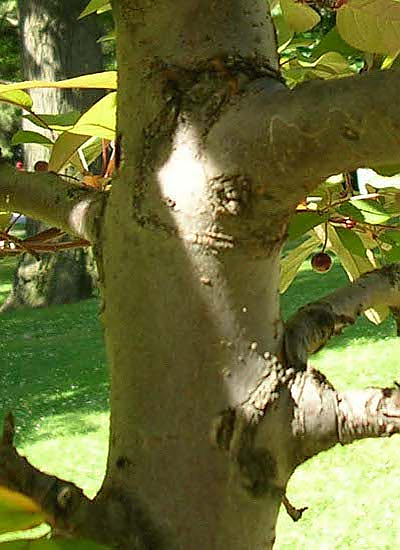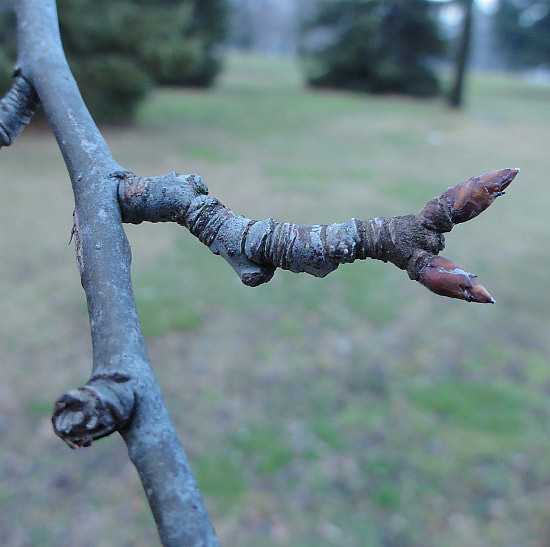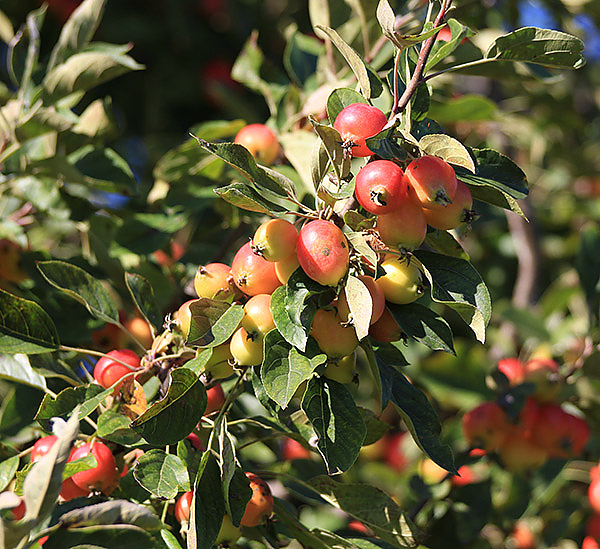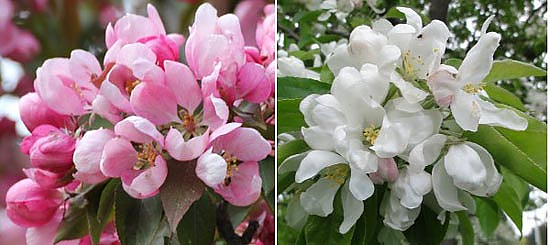Identification:
Leaves—
small, oval shaped, green color, soft texture
Twigs—
rough, not very thin, dull gray
Flowers—
clustered white and pink flowers
Fruit—
smaller rounder mini apples
Bark—
rough texture, dull gray color
Natural History:
Lifespan—
around 30–40 years.
General description—
Originally from Siberia, this relative of the common apple tree, has been cultivated by humans for millennia to make a variety of hybridized apples. They easily grow in many soil types. Flowers require full sun to grow in early summer.
Natural distribution and habitat—
Native to the northern temperate regions of Asia, Europe, and North America and today they are widely distributed throughout the United States.
Conservation status—
Commonly preserved by making hybrid varieties of them and because of their bright and fragrant flowers.
Uses—
Wildlife feed on this tree. For humans, this tree is commonly used as an ornamental tree and the apples are used to make jam.
